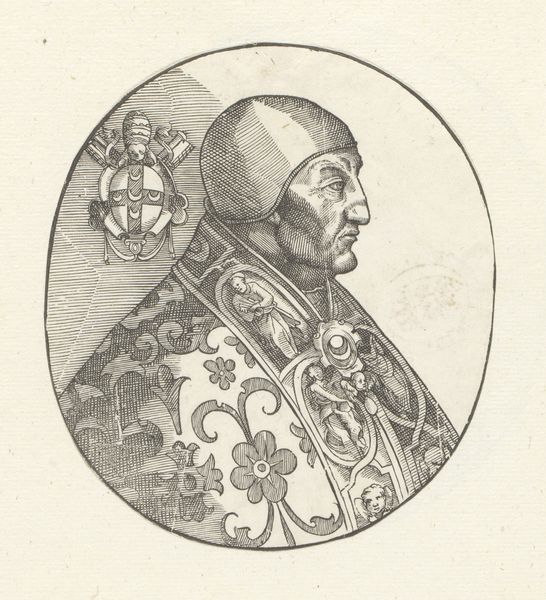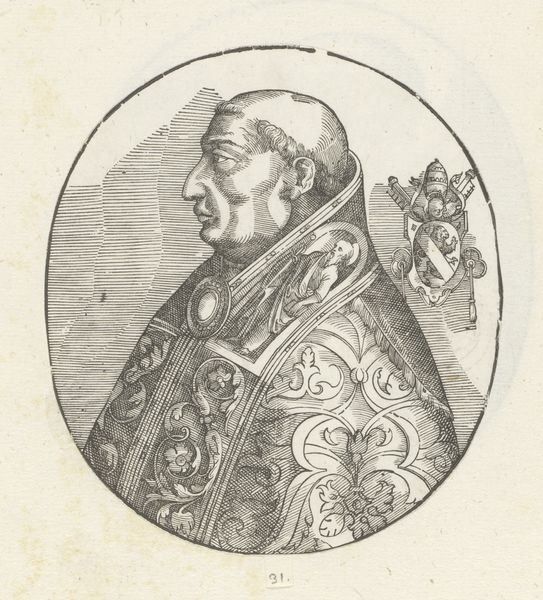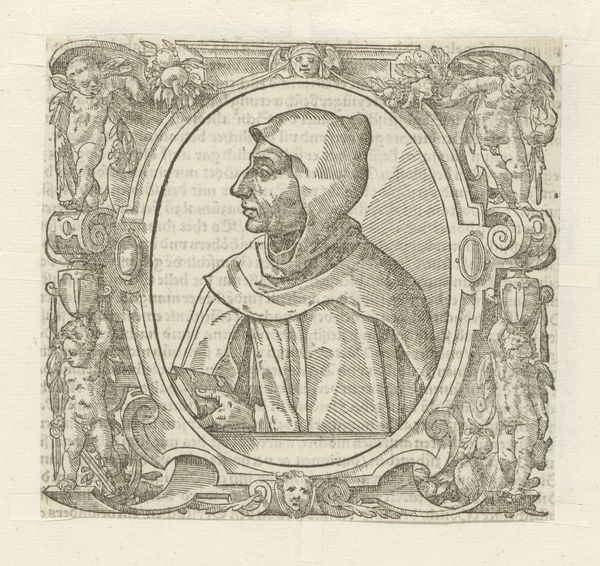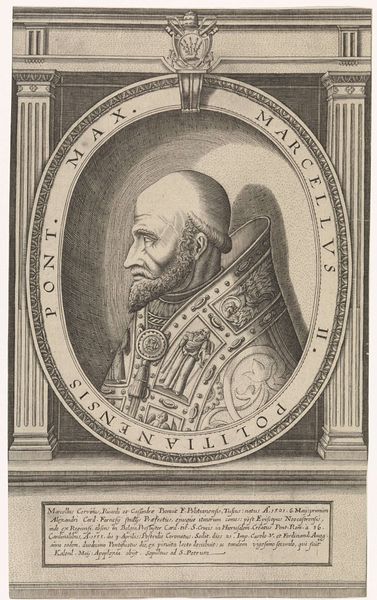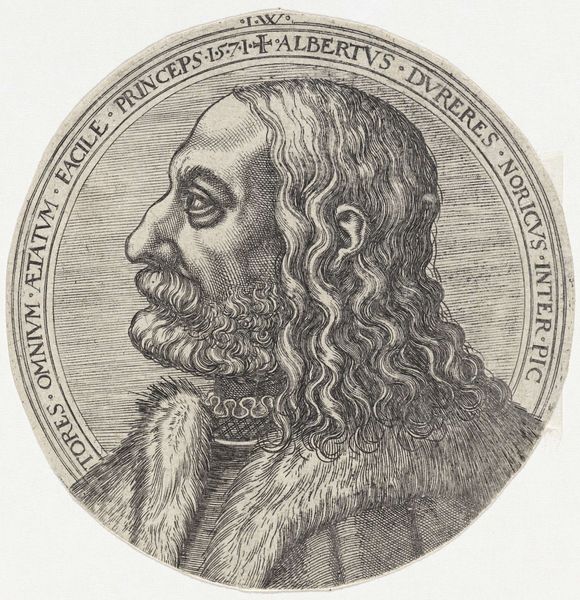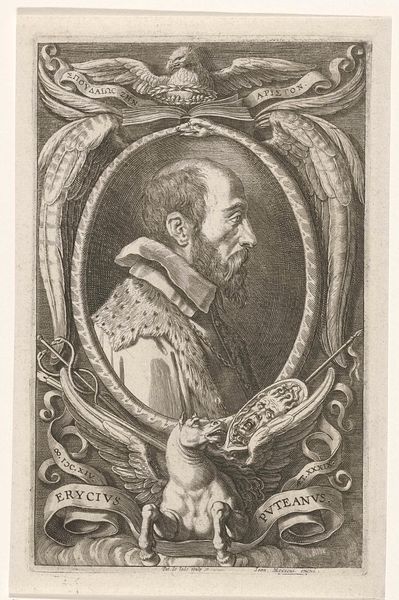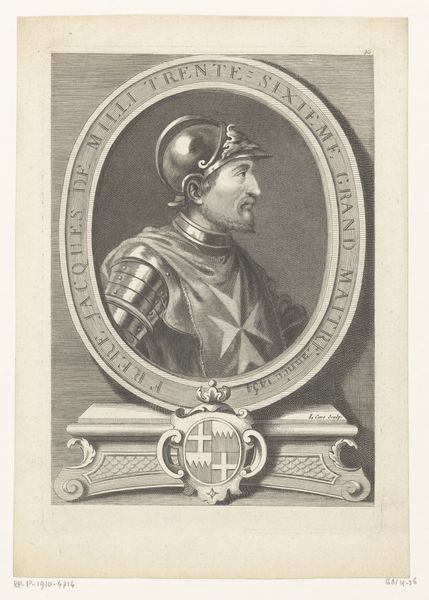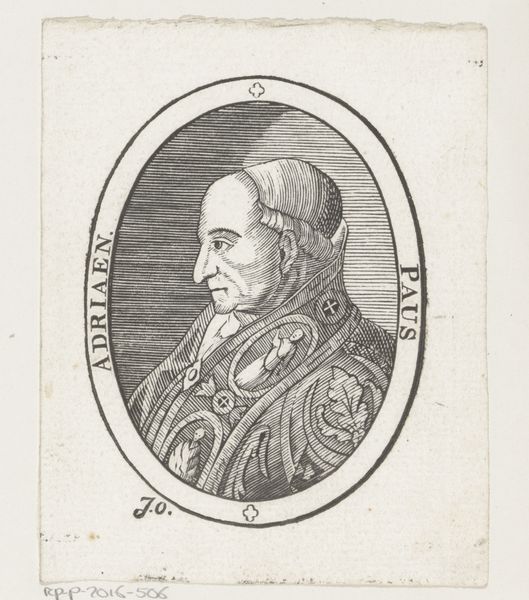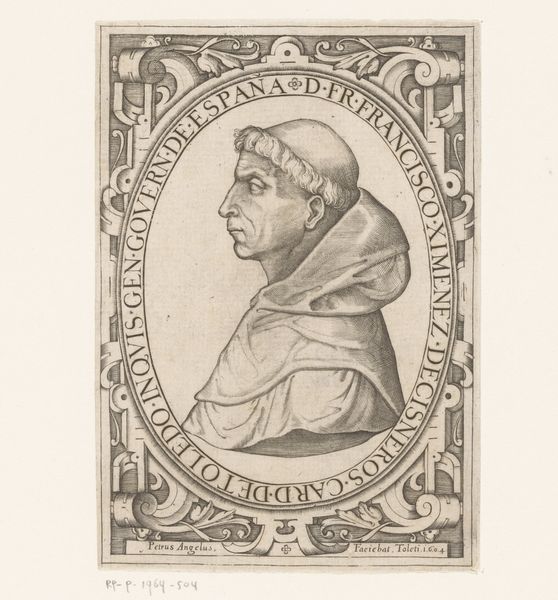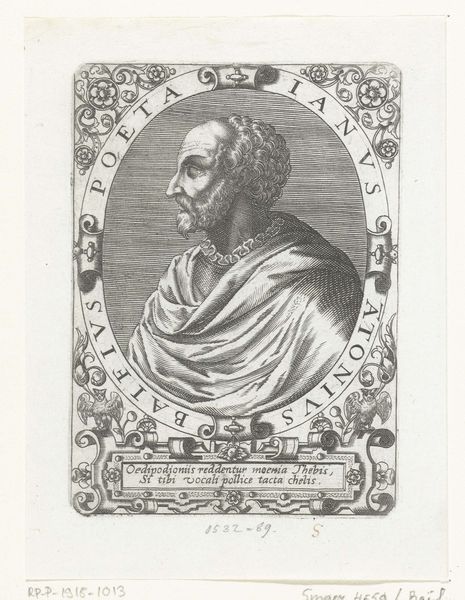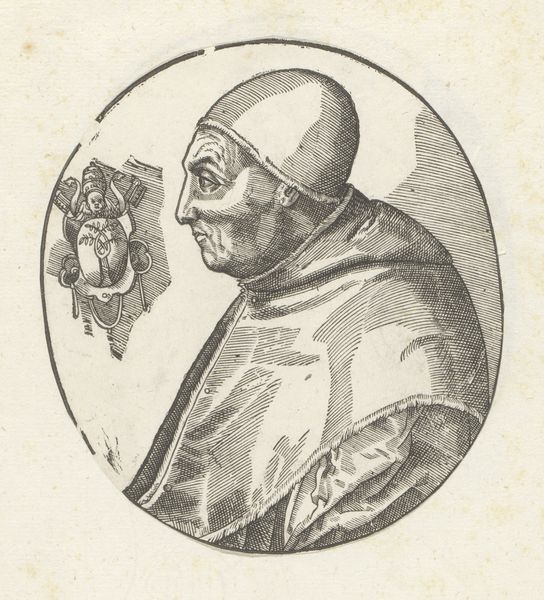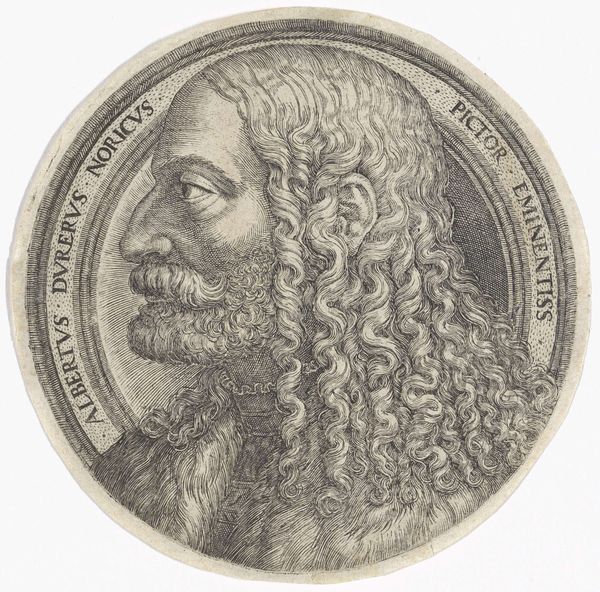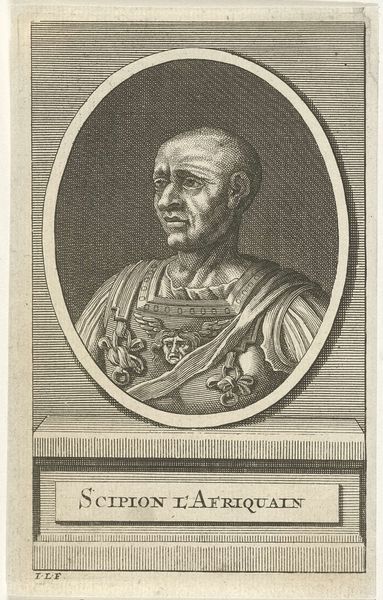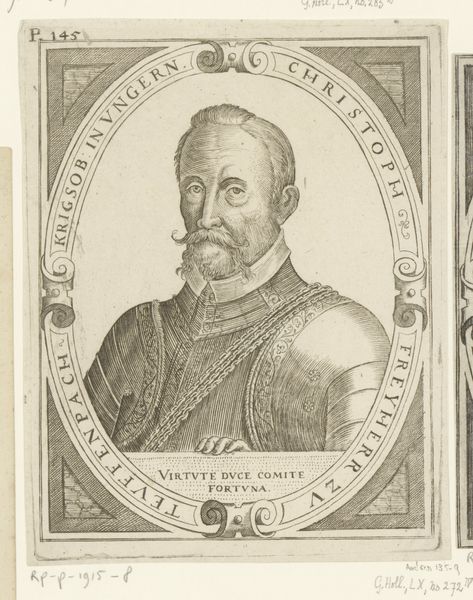
relief, sculpture
#
portrait
#
medal
#
sculpture
#
relief
#
11_renaissance
#
sculpture
#
decorative-art
#
early-renaissance
Dimensions: Diameter: 89 mm
Copyright: Public Domain
Curator: Let's discuss "Benedetto de' Pasti, Canon of Verona," a bronze relief created by Matteo de' Pasti between 1440 and 1444. What are your initial thoughts? Editor: There’s an austerity to it, wouldn’t you agree? The subdued color, the sharp profile. There's an almost mournful quality, despite the implied status of the sitter. I can't help but see him as representative of a very narrow band of Veronese society at that time, literally elevated in bronze. Curator: Certainly, that controlled precision is a key element. Look at the delicate modeling of his features, the precise inscription encircling the figure, “Benedictus De Pastis." The artist's skill lies in capturing not just a likeness but also an ideal form within this contained circular frame. It echoes classical forms of imperial portraiture. Editor: But contained by whom? It is this type of portraiture that, even during the Renaissance, served to cement the patriarchal authority of the church in relation to society. I am fascinated by the semiotics of that headdress; it must communicate the Canon's social and religious position in relation to the rest of the members of the Verona population. What was everyday life for others while Benedetto had his portrait struck on a cast? Curator: Those classical elements are deliberately invoked. The clean lines and idealization align him with the virtue and intellectual power associated with that lineage. It visually affirms his importance through artistic style itself. But to your point, how interesting that you fixate upon his head covering—a sartorial detail so precisely sculpted and highlighted by the artist. Editor: Exactly. The portrait may be meant to emphasize the individual but also reinforces a larger, established hierarchy. It presents a meticulously crafted image for posterity. Was Pasti self-aware enough to create not only an individual effigy, but also reflect upon his own position in the canon? And whose position was more precarious; the Canon or the artist himself? Curator: I find that it elegantly fuses form and meaning. De' Pasti's achievement here is to render an individualized, identifiable person and, simultaneously, distill the essence of his civic role into a self-contained, beautifully wrought object. Editor: Indeed, in scrutinizing its material presence, one can decode how that very materialization solidified, perpetuated and idealized its values in contrast to everyone else.
Comments
No comments
Be the first to comment and join the conversation on the ultimate creative platform.
